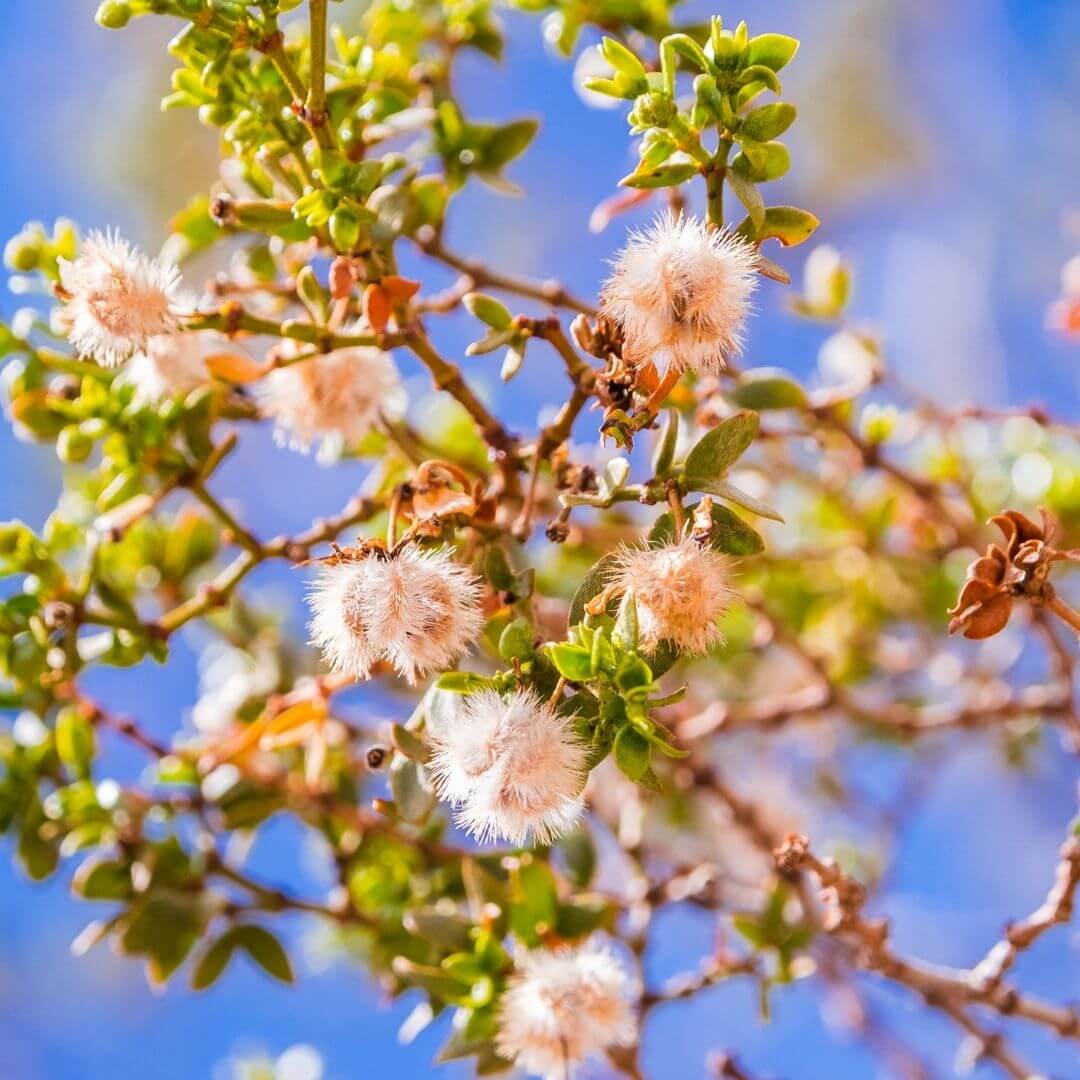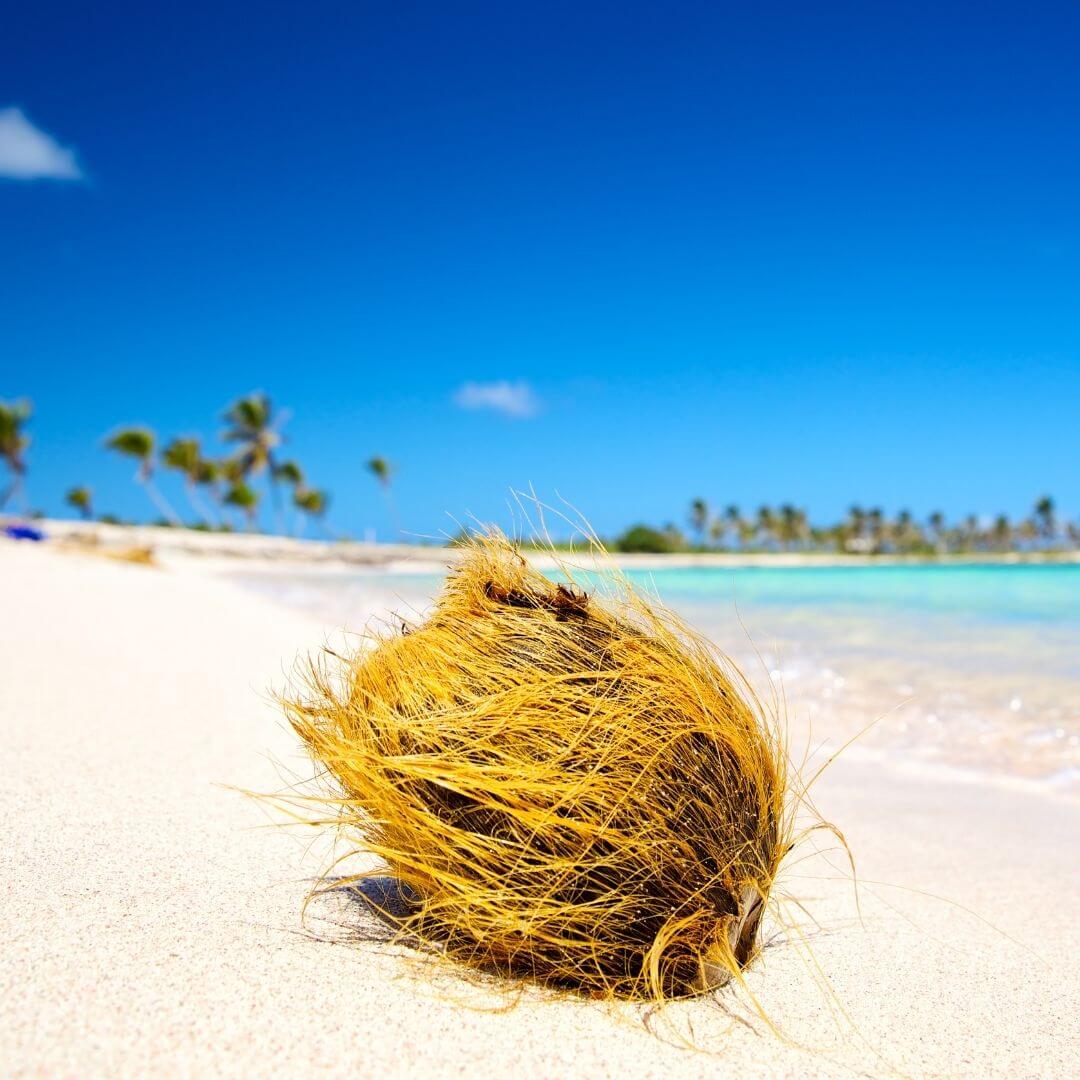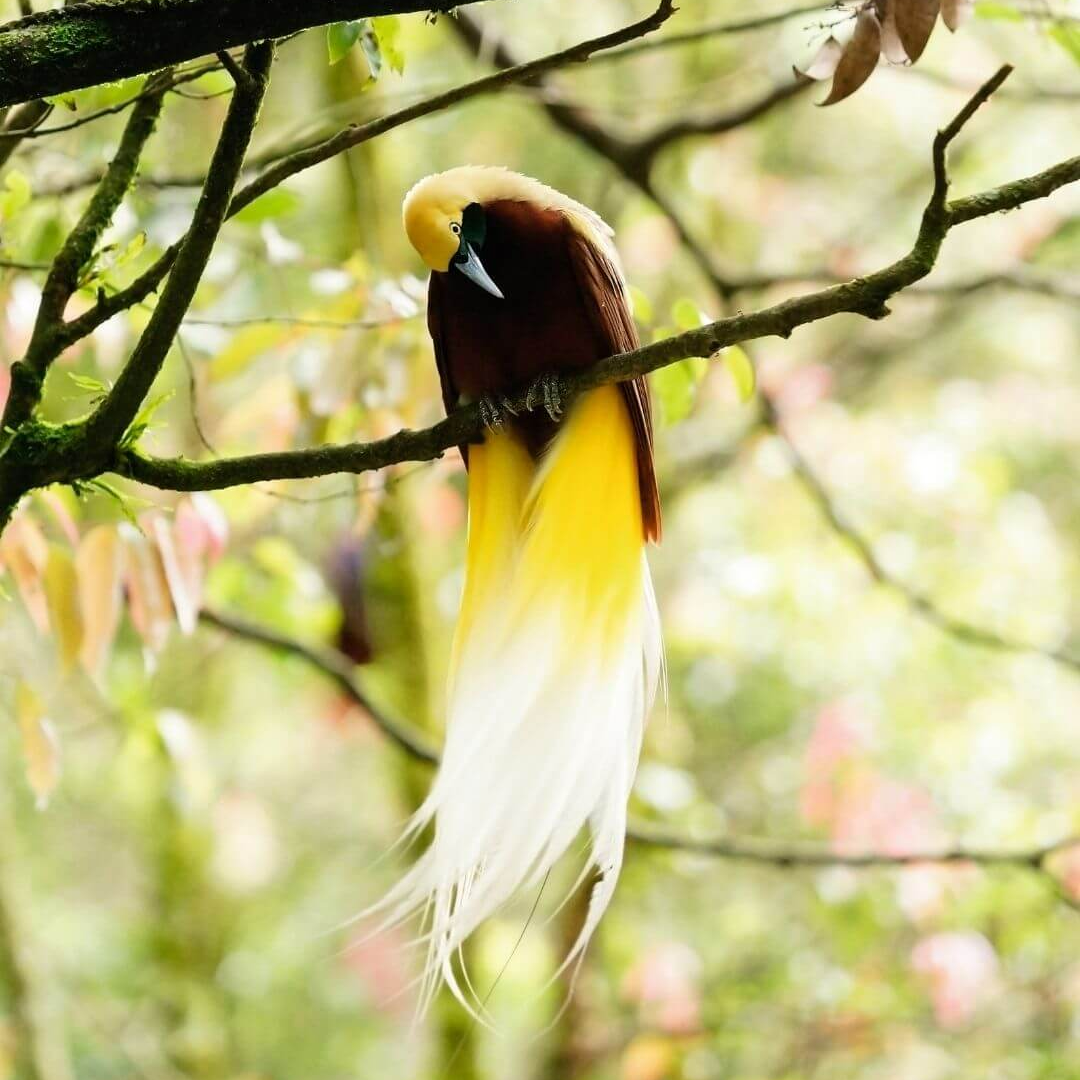Seed Dispersal

How Are Seeds Dispersed?
Word of the Week
Buoyant
Things that are buoyant can float! Many seeds designed to disperse in water are buoyant, which allows them to float hundreds (sometimes even thousands) of miles away from the mother plant.
Coconuts are a great example of buoyant seeds!
Three Common Ways Seeds are Dispersed

Wind
Many seeds are designed to allow wind to carry them far away from the mother plant.
Some seeds or seed pods are wide and flat allowing them to get caught on a breeze while they float slowly to the ground. Others are covered in fine hair-like fibers that help them drift in the wind.
Creosote bush seeds are covered in small, white fibers that help it float far away from the mother plant!

Water
Some seeds, especially from plants near rivers, ponds, swamps, or even the ocean, are designed to float!
Seeds that disperse in water are usually lightweight or buoyant. In other words, they float! This allows the seeds to float down rivers or streams to new locations and germinate once they wash up on the shore.
A coconut is an example of a buoyant seed; it can float for thousands of miles.

Animals
Animals play a large role in the dispersal of many types of seeds.
When an animal eats a fruit or seed pod, they often distribute seeds around the environment in their scat. Being partially digested can actually help some seeds germinate. Other seeds may get stuck in an animal's fur or feathers and fall off as the animal moves around.
Birds of paradise eat lots of fruit and distribute seeds around the forest as they fly around.
Species Spotlight
Asian Elephant
Elephas maximus
Unlike African bush elephants that live on open savannas, Asian elephants are found in forests and surrounding grasslands. Asian elephants are typically smaller than African elephants and only the males have ivory tusks! Though Asian elephants are very different than African elephants, they have one major trait in common: their herbivorous diet and their love of fruit.
As Asian elephants move through the forest, they feed on leaves, grasses, and fruit from a variety of trees. Elephants do not fully digest their food, so when they eat fruit with large seeds inside, they deposit the seeds in their dung as they travel. Elephant dung is filled with nutrients that young plants thrive on, making it a natural fertilizer. Because of their large size, elephants can consume fruits that are too large for other species, making them the only animal in the forest that can distribute these large seeds. Without Asian elephants, many species of fruit trees would be unable to disperse their seeds.
Conservation Corner
The Importance of Seed Dispersal
Seed dispersal is necessary for an ecosystem to be healthy! Animals depend on plants in their ecosystem for food and shelter and plants often rely on animals to spread their seeds. Threats such as habitat destruction, invasive species, and hunting/poaching can make it challenging for seeds to spread and germinate around the ecosystem.
If the population of seed-eating birds in a rainforest shrinks because of habitat loss, fewer seeds will be dispersed in their waste. This will result in fewer plants growing, the same plants that animals depend on for food and shelter. Something as small as protecting an individual species can make or break the balance of an ecosystem.
BRAIN BLAST
What seed dispersers live in your ecosystem? Do the plants in your region depend on animals or the wind for dispersal?
Seed Dispersal Sorting
Most plants have seeds that are designed to be dispersed by wind, water, or animals. Match each characteristic below to the appropriate dispersal method by dragging them to the correct box!
Seed Dispersal Challenge
See if you can design the perfect seed! Think about all the characteristics that help seeds travel by wind, water, or animals, and use those details to build your seeds.
EXTRA - See if you can find some real seeds! Head outside to collect seeds and identify if there are spread by wind, water, or animals.
Glossary
Animal Dispersal
The process of seeds being dispersed by an animal. This can occur when a seed is eaten or when a seed travels on the outside of an animal.
Biodiversity
The variety of living organisms in a particular area.
Germination
The process of seed sprouting a small, young plant.
Pollen
A small, grain-like substance produced by a flower's anther that is used in fertilization of the flower.
Pollination
The process of pollen being transferred between flowers to create fertile seeds.
Seed Dispersal
The process of the seed being carried away from the mother plant.
Water Dispersal
The process of seeds being dispersed by water, such as a lake, river, or ocean.
Wind Dispersal
The process of a seed being dispersed by blowing away from the mother plant in the wind.
Sign Up for our Newsletter
Stay up to date with new adventures, live classes, deals, and more!

Helpful Resources
*Please note we do not offer refunds for EdZOOcating Adventures memberships. We recommend you explore the 3-day free trial prior to subscribing!*




